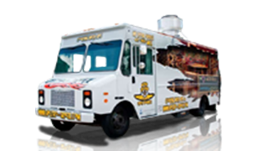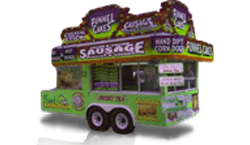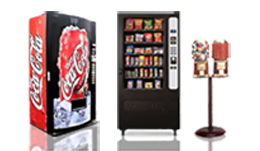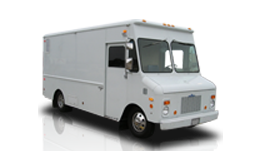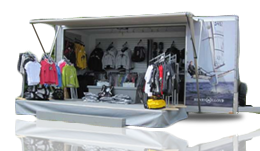Top 4 Loading Dock Accidents and How To Avoid Them
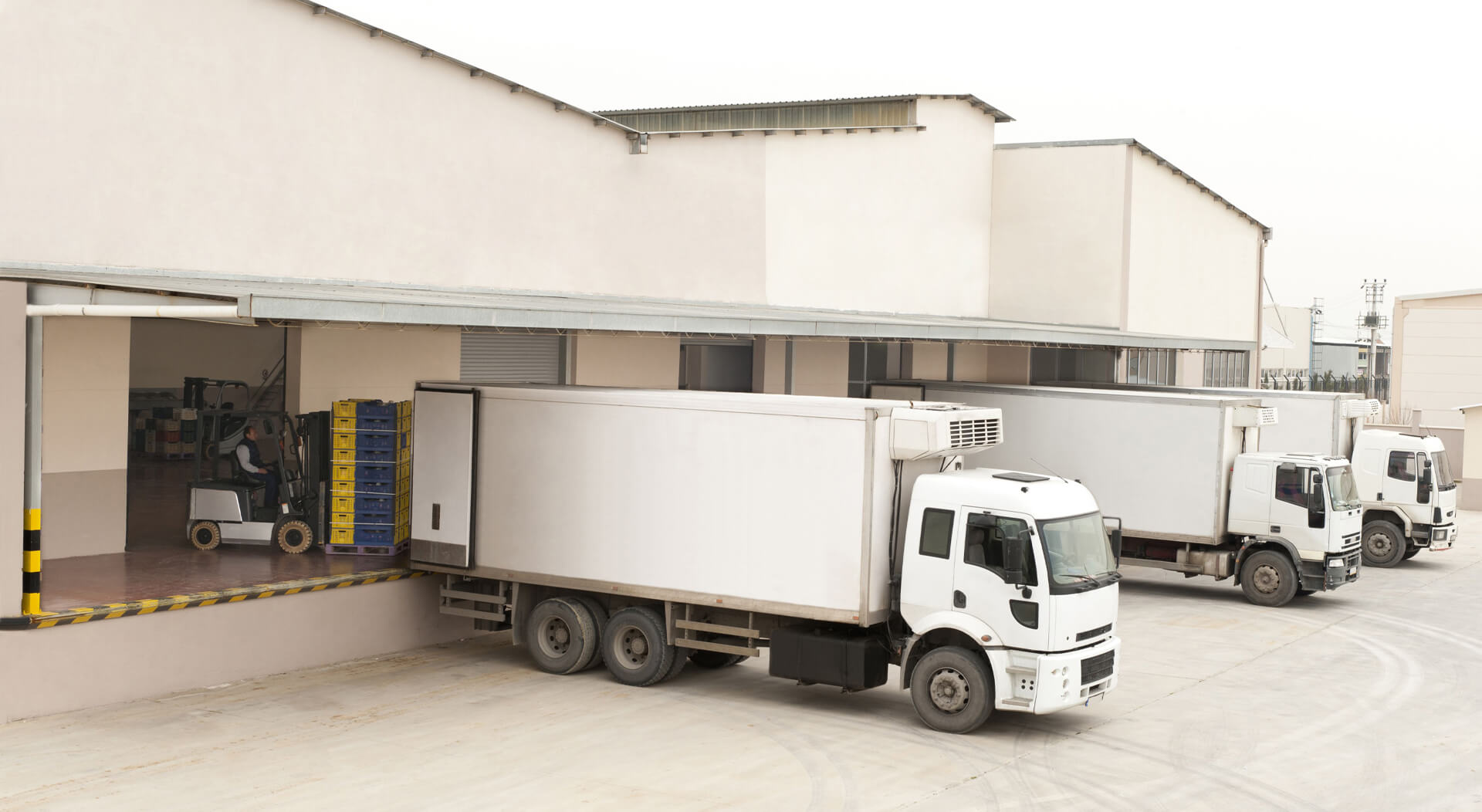
Also called ‘loading bays’, loading docks are a particular place mostly found in commercial or industrial buildings, factories and warehouses designated for loading and unloading of goods, parts and including vehicles. The advantage of having a loading dock is that it makes loading and unloading work easier.
Imagine this – dock workers rushing to do their specific tasks, with forklifts and other heavy types of machinery and equipment going in and out. This scenario alone suggests that loading docks have the most traffic. That said, loading bays are prone to accidents that can happen at any time.
About 25 percent of injuries are estimated by experts to happen in such areas. Sadly, dock workers are always at risk of suffering injuries and worse, they could die in disastrous accidents.
What’s Inside
Top 4 Loading Dock Accidents
Accordingly, these mishaps can be classified into three – slips and falls, exposure to hazardous materials and those related to improper handling. Here are also ways on how dock workers can avoid them.
Slips, trips and falls
Slipping, tripping and falling are the most common types of accidents that cause injuries to dock workers. Any of these can happen due to grease and/or oil spills, water leaks from forklifts and other containers during the unloading process. Broken dock plates are also another risk for injuries.
Oily/greasy surfaces, icy and wet floors escalate the risk of slipping in any workplace, especially loading bays. And we all know the consequence if and when broken or unsecured dock plates happen. Research in 2019 shows that 27 percent of non-fatal injuries related to work had a direct link to falls, trips and slips.
How to avoid them:
It’s pretty difficult to control water especially on rainy days but oil/grease spills can be avoided. As the owner or manager of an establishment, make sure that cleanliness is observed at all times. All debris, wet/icy and oily surfaces must be cleaned up quickly and broken dock plates repaired immediately.
Newly-mopped floors and newly-repaired plates should be marked with signages. In other words, loading bays need to be clean and subjected to regular proper maintenance. Quick clean-up must be a priority.
Likewise, your dock’s surfaces must have excellent traction suitable for both dry and wet conditions. Most importantly, there has to be a policy for workers on wearing proper footwear and headgear when doing risky tasks.
Falling off from the dock’s edge
Though this may not be classified under the first category, but, it’s still falling. A worker can easily fall off the edge of the dock if the door dock is accidentally left open after the loading and unloading procedure. Else, he can fall if he’s careless and not mindful of the dangers around him. Good if the fall is only from a few feet but what if it’s from a massive height? This can surely result in either serious injury or even death!
How to avoid this accident:
If there are barricades installed, the risk of falling can be mitigated. Another way to avoid falling off is to have rails, ropes or chains installed in actively-used areas. Chains and ropes are modular barriers that can be extended across the whole dock so that unexpected falls can be prevented. Then, paint the dock edges with bright colors for the workers to be alerted of the secured boundaries.
Exposure to hazardous materials
Toxic chemicals or substances such as carbon monoxide may eventually cause an occupational illness if a worker has been exposed for a long time. This poisonous material comes from the exhaust of trucks hauling the freight and forklifts unloading it. Carbon monoxide fumes are considered highly dangerous in docks inside enclosed spaces.
How to avoid being poisoned:
In reality, there are legislations regarding the proper handling of toxic substances in workplaces. But, experts say, they’re easier said than done. The only way you can avoid being poisoned is to give your loading bay proper ventilation.
You may provide heavy-duty fans or other implements to ensure a good air circulation. A well-ventilated area for dock workers is ideal and should be prioritized. Also, remind truck drivers to keep their engines off as possible.
Improper handling
Whether it involves heavy lifting or carrying, the task can be dangerous if not handled well as improper handling may result in severe back injuries. Experts say that back injuries could incapacitate the inflicted and deteriorate his health. If the same person is assigned to do the same task continuously, he can become injured for life if no proper medical intervention is provided.
Based on information from the Bureau of Labor Statistics, around 20 percent of work-related injuries are attributed to back injuries and 80 percent of those cause long-term lower back damage.
How to avoid it:
All dock workers must have proper training before starting work. Provide modern tools and technology to minimize manual lifting of heavy loads and make the job easier. Close monitoring of dock workers doing the lifting must be done to ensure that the right lifting techniques are followed.
There could be more other forms of loading dock accidents that can be avoided if you have a “Safety First’ policy.
Now, if you’re in the trucking industry and need good trucks for your hauling business, just visit this link for great deals.


